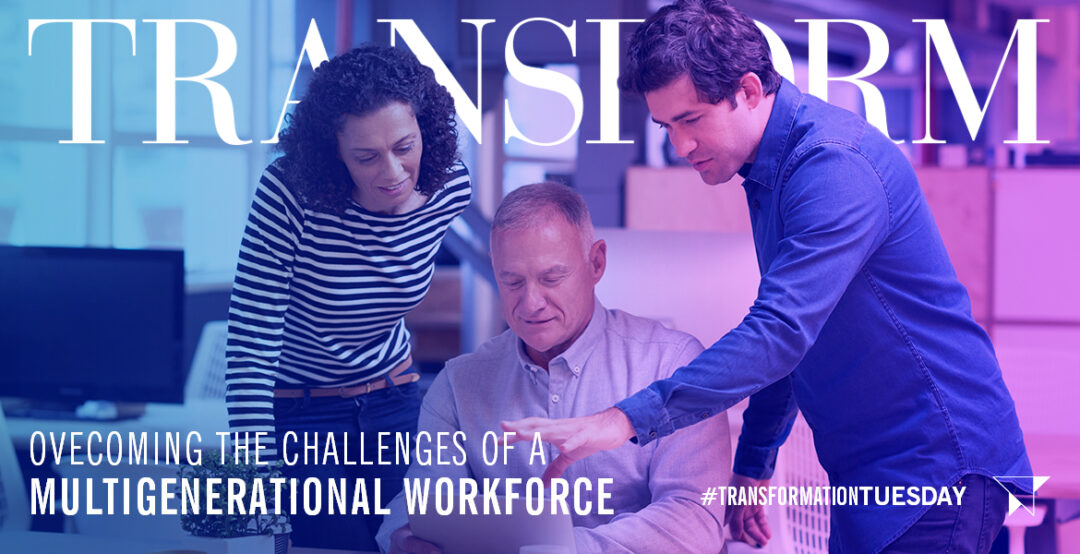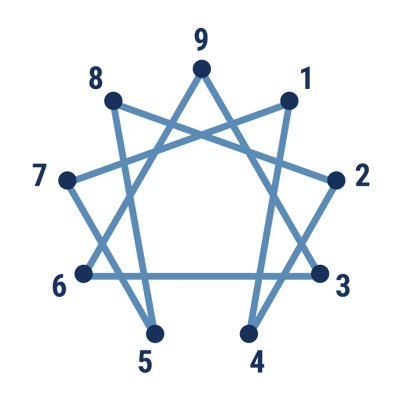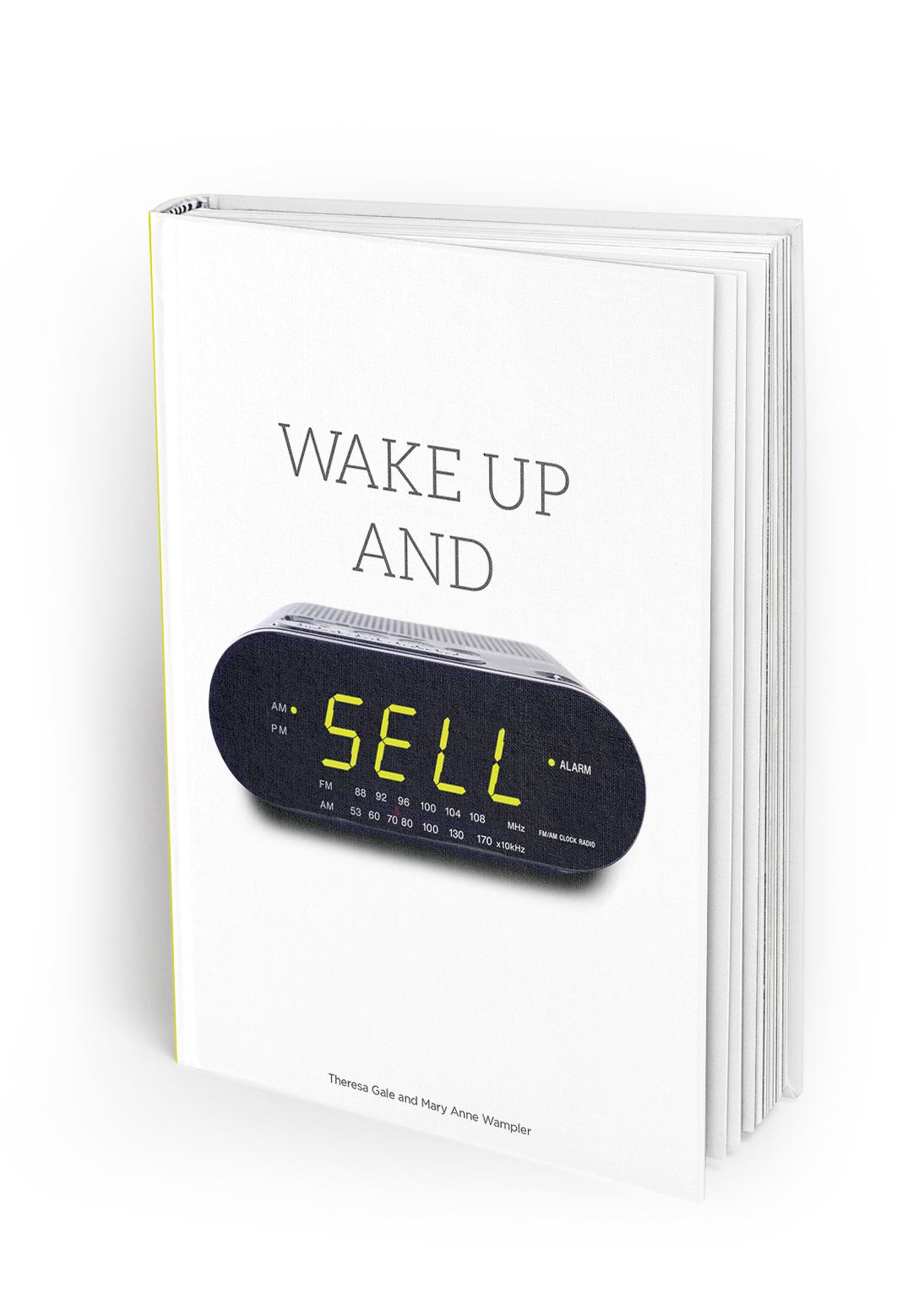A study of whitepapers, articles, blogs and tweets reveals a plethora of information on the multi-generational workforce today. Many focus on pointing out the differences between the generations in terms of work ethic, needs and wants, ways to manage, and how keep them motivated. Others focus on how to overcome the challenges that organizations encounter with a multigenerational workforce. Still others focus on what it is going to take to build an organization that can adapt to the next generation as it enters the workforce.
All of this information is very useful in theory, yet we are always asked, “How do we apply this information to our company and with our employees?” I thought I’d share some examples of how our clients are dealing with a multigenerational workforce with the hope that these will give you some specific next steps to take in your organizations.
- Do a personality or behavioral assessment on all employees and conduct a session where all generations learn about the “similarities” and “differences” in Style regardless of generation. Pair different Styles together to talk about how to work most effectively together.
- Pair a younger generation employee with a tenured employee of another generation instructing them to meet at some frequency to develop a relationship, ask and answer questions, and help one another find answers to challenges they are encountering in the workplace or in their own growth and development.
- One client held a panel discussion of employees from different generations, and through a series of questions provided tangible takeaways for employees on how to communicate and work with different generations. They videotaped it so that others not present, as well as new hires, could watch it and learn from it.
- A younger manager was worried about having to manage a Baby Boomer. She anticipated that the Baby Boomer would have difficulty working with her, so we advised her to meet with the Baby Boomer to discuss the situation upfront and collaborate on guidelines for how they could work together.
- One client had a situation where a Baby Boomer was making snide comments about Millennials in the breakroom. She had been told about this situation, so she planned to eat lunch in the breakroom when the individual was there. She started a conversation asking the people around the table to talk about how individuals in the organization deal with generational differences. The outcome was amazing – the individual who was always putting down a Millennial that he worked with was really honest about the generational differences and how these impacted him. The Millennials around the table shared how his comments impacted them and put them in a box. It was a transformational conversation!
Differences abound in the workplace, and labeling them “generational” or “style” or “personality” differences doesn’t serve the health and wellbeing of the organization. What does is building a mindset that all generations, styles, personalities, etc. can work together as long as these foundations are in place:
- Each individual takes responsibility for his/her attitudes, behaviors, reactions, and impact on others. We call this being self-aware (What’s going on in me?), self-observant (How am I showing up right now?), and self-regulating (How am I managing myself?).
- Have published guidelines for how employees work and communicate in the organization. Define what is acceptable and not acceptable when working with each other. Better yet, let your employees come up with this list. That way they will hold each other accountable to the guidelines.
- The organization’s culture celebrates diversity and trains all employees how to communicate and work with a diverse workforce.
- When there are differences, let those who are different teach about the differences. Rather than do a training on diversity, hold a panel like one of our clients did, and have peers teach each other about how to work with those differences.
- Create experiences where different generations can work and play together. Fun is fun no matter what age!
And one last comment, don’t let the written descriptions about the different generations define your beliefs about them. Be curious, non-judgmental, and interested in hearing directly from individuals about what is important to them, what motivates them, how to work and communicate with them, and what they value most. We are not a generation, we are not a description, we are individuals! Engage and build relationships with individuals — that’s the best way to build a healthy, thriving organization.
By Theresa Gale
PRINCIPAL, TRANSFORM, INC.




